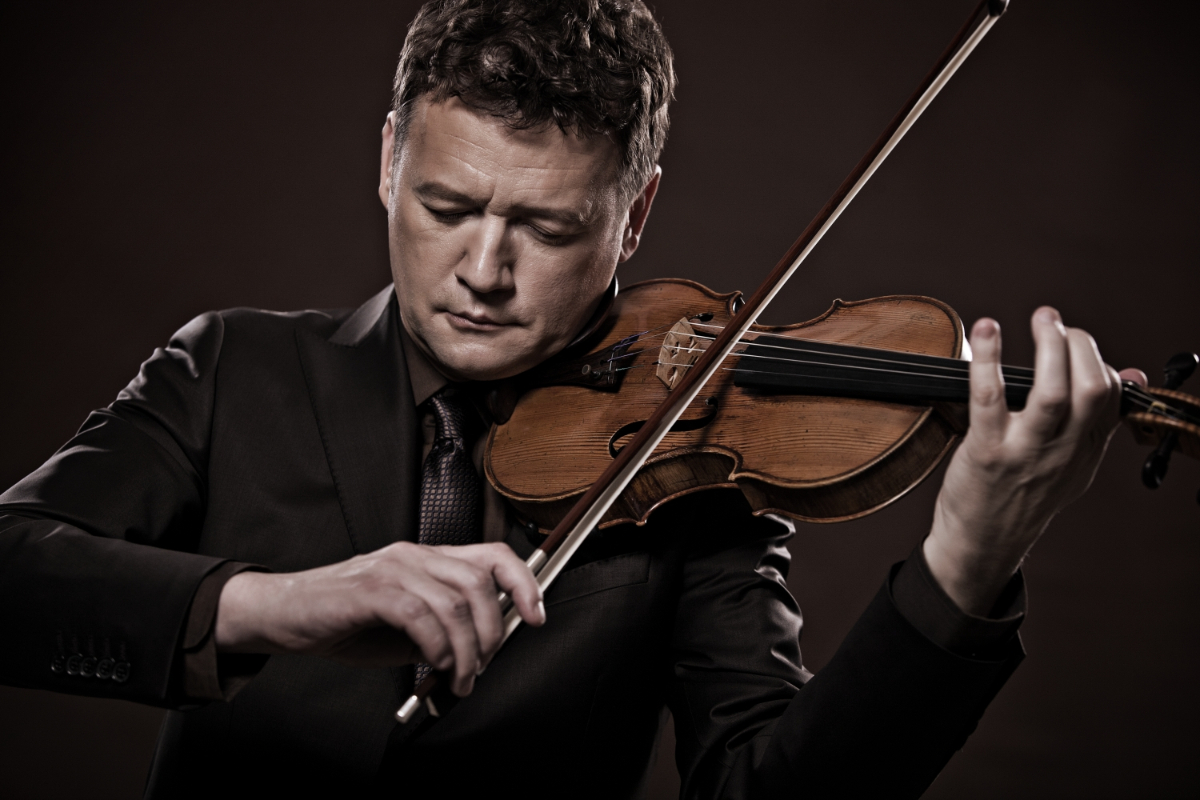The catalog for our June auction in New York goes online today, May 17. There are some very exciting lots in the sale including the ‘Empress Caterina’ Stradivari of 1708. The following is a preview of four highlights of the sale prepared by our New York General Manager & Head of Auctions, Florence Haseler.
• • •
Lot 105 – Antonio Stradivari, Cremona, 1708, the ‘Empress Caterina’
Antonio Stradivari (c. 1644 – 1737) is almost universally regarded as the greatest violin maker in history, and the demand for his instruments today reflects that exalted status.
His over seventy year career is a vivid account of indelible craftsmanship, artistry and ingenious innovation, producing nearly a thousand instruments, of which about 650 survive. Stradivari instruments are distinguished equally for their exquisite craftsmanship and materials, as well as unsurpassed tone quality.
The pinnacle of Stradivari’s career is known as the Golden Period and lasted roughly from 1700 to 1720. He was at the height of his powers, with access to the best materials and the finest varnish, creating many of the most celebrated examples of his career. Stradivari’s sons were active in their father’s shop throughout this time, but the instruments from this period are undoubtedly the production of their father.
The ‘Empress Caterina’ of 1708 belongs to this elite group of Golden Period instruments and is original in all principal parts. The one-piece back is of handsome maple with attractive figure throughout. The spruce front is of exceptionally fine grain. There is original varnish evident in the c-bouts of the back and on areas of the front and ribs. The instrument is currently in a very good state of restoration and bears its original label.
In the 18th century the ‘Empress Caterina’ was in the possession of the imperial Russian court. In the late 19th century it was brought to England by Alfred Hill, then during the 20th century it passed through the hands of several influential collectors and musicians. It was acquired by the father of its current owner in 1982.
For more on the history and provenance of the ‘Empress Caterina’ Stradivari, see our recent Carteggio.
• • •
Lot 104 – Nicolò Amati, Cremona, c. 1625
Nicolò Amati (1596 – 1684) was of the third generation in a line of influential Cremonese violin makers. His grandfather, Andrea Amati, was known as the inventor of the modern violin and Nicolò’s father, Girolamo Amati I, refined Andrea’s models to great success. The plague killed Girolamo in 1630, as well as his main rival, Giovanni Paolo Maggini, leaving Nicolò one of the only active violin makers in the Cremonese tradition.
Nicolò’s instruments were in high demand and as a result, he trained a series of apprentices who would later comprise a great generation of violin makers, including Andrea Guarneri and Giacomo Gennaro. While there is no clear documentation of their having worked in Nicolò’s shop, Francesco Rugeri, Antonio Stradivari, Giovanni Battista Rogeri and Jacob Stainer all clearly studied and emulated elements of his style and methods, which further established him as one of the most important figures in the tradition of violin making.
Nicolò went on to develop the so-called Grand Pattern, which is slightly larger than the models used by his father and grandfather. This size was about 35.6 cm in length and up to 20.9 cm in width and increased the projection of this great maker’s work.
Made around 1625, this violin is an early example of Nicolò’s work during the transitional period when he took over the workshop from his father. The outline is that of the previous generation but the sound holes already show the imprint of Nicolò whose extraordinary talent and prolific production would sustain the Amati workshop for another 60 years.
This violin was owned and played on by French violinist Leon Temerson (1904-1988) who was the associate concertmaster of the Paris Symphony Orchestra. During his tenure, he met fellow violinist Edgar Ortenberg, the founder of the Berlin String Quartet. Edgar’s wife, Tamara, introduced Leon to her sister, Nadia, and they soon got married.

French violinist Leon Temerson
During the Second World War, Leon joined the French army but, as a Jew, was granted permission by his commander to be excused from duty. According to family lore, he took off on a bicycle to escape from the oncoming German army and found refuge in a country farmhouse. The family living there allowed him to hide in their hayloft, giving him a transistor radio for companionship. One day, Leon happened to hear a passage by the composer Carl Franz being played on a live radio transmission from Marseille. Leon instantly recognized it was his brother-in-law, Edgar’s violin playing, having played the piece many times together. He made haste on his bicycle to Marseille where, astonishingly, he was reunited with Edgar, Tamara, and his wife Nadia.
Leon and Nadia emigrated to the US shortly after, along with Edgar and Tamara. Leon’s career flourished and he became assistant concertmaster of the Chicago Symphony in 1942, before joining the New York Philharmonic in 1946. Leon acquired this Amati violin in 1957 and it remained his primary instrument until his death in 1983. The violin has been kept in his family until today.

